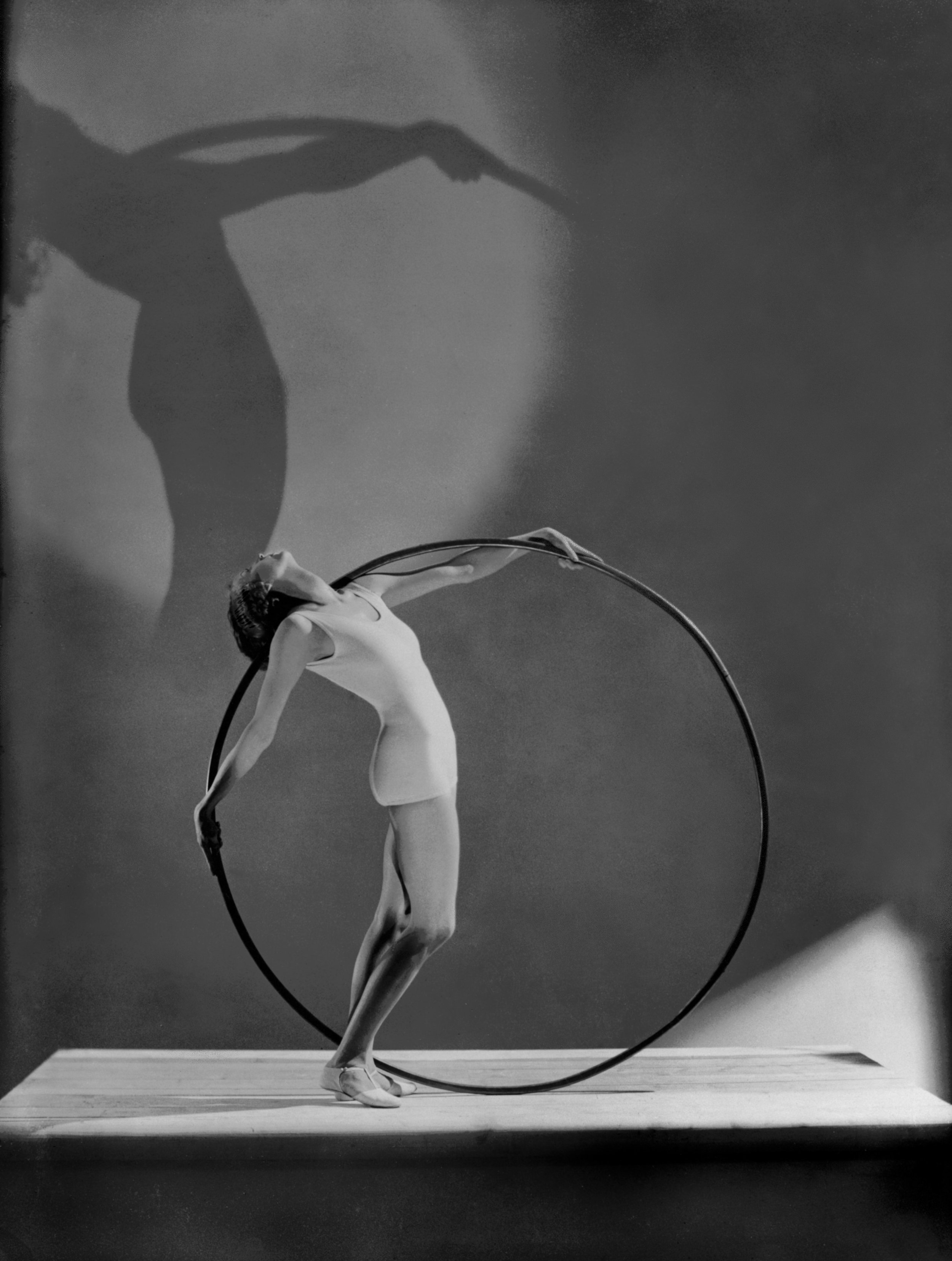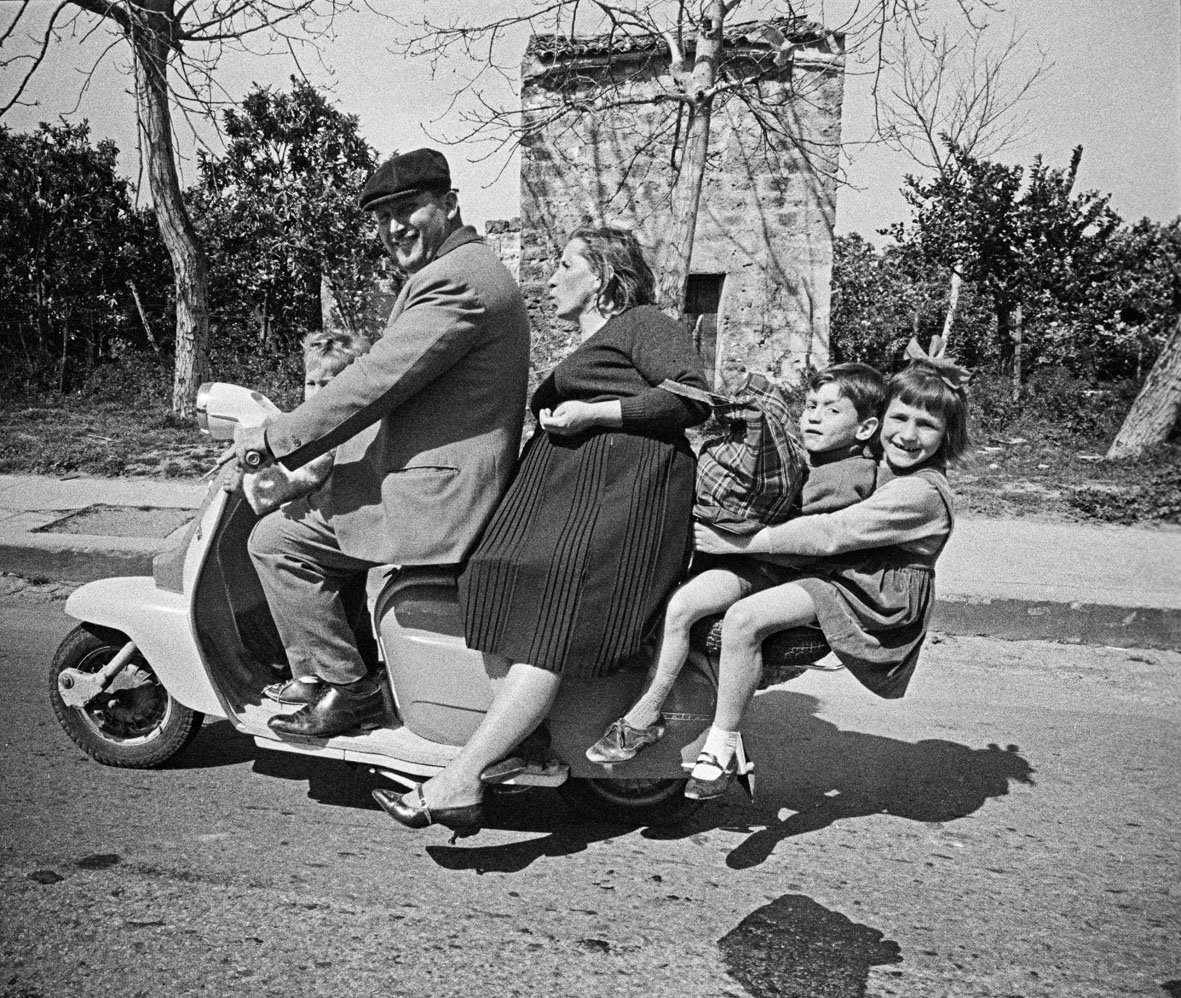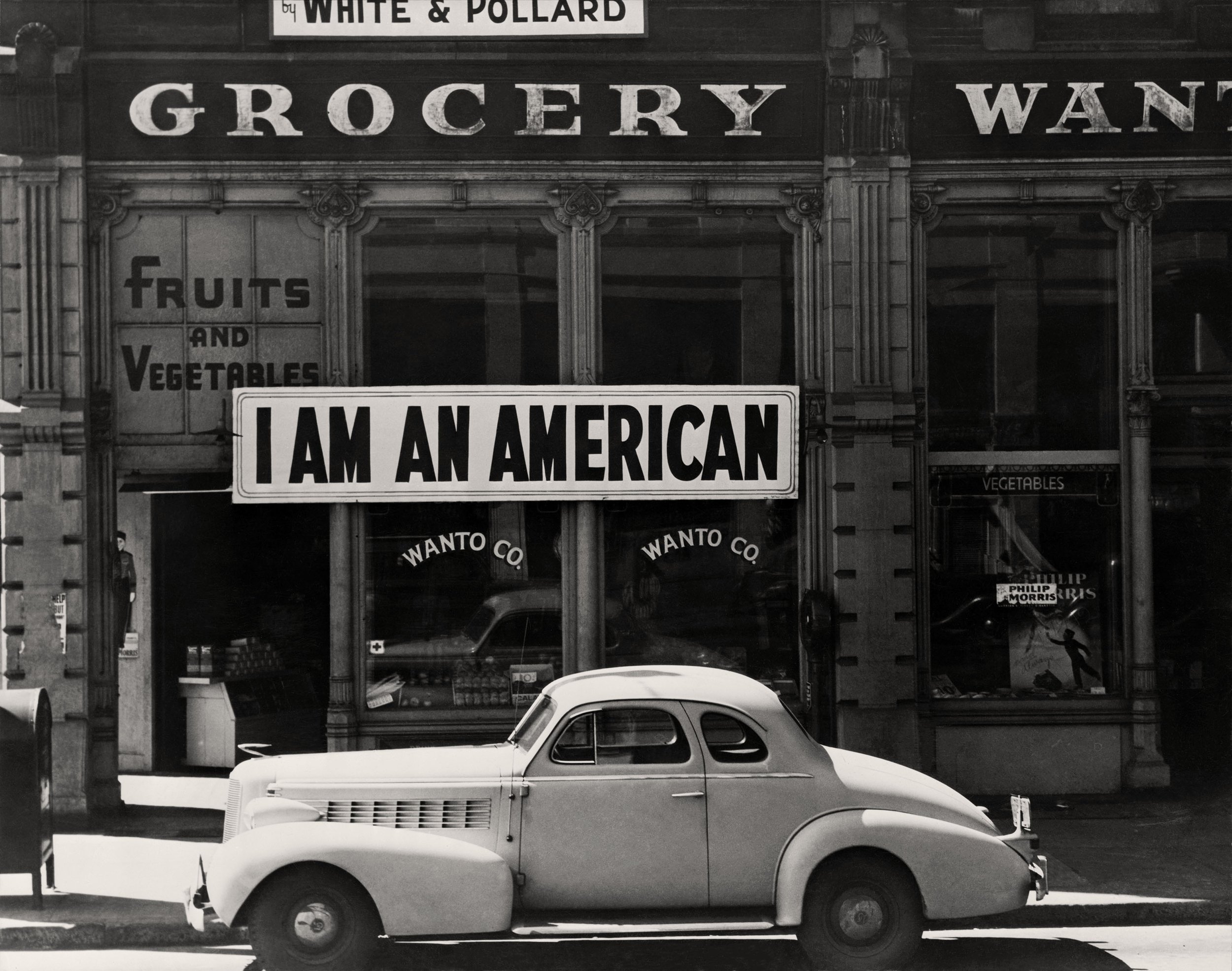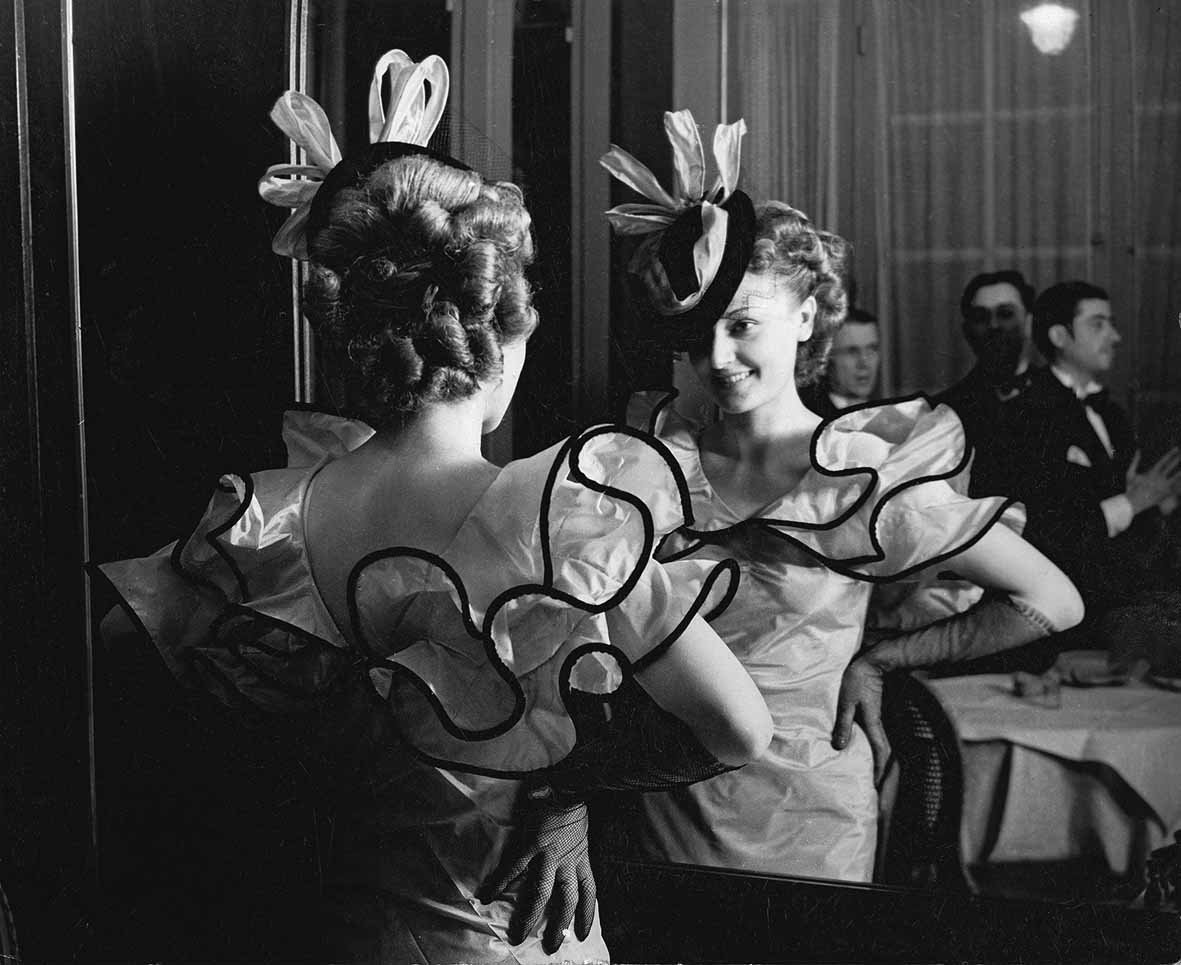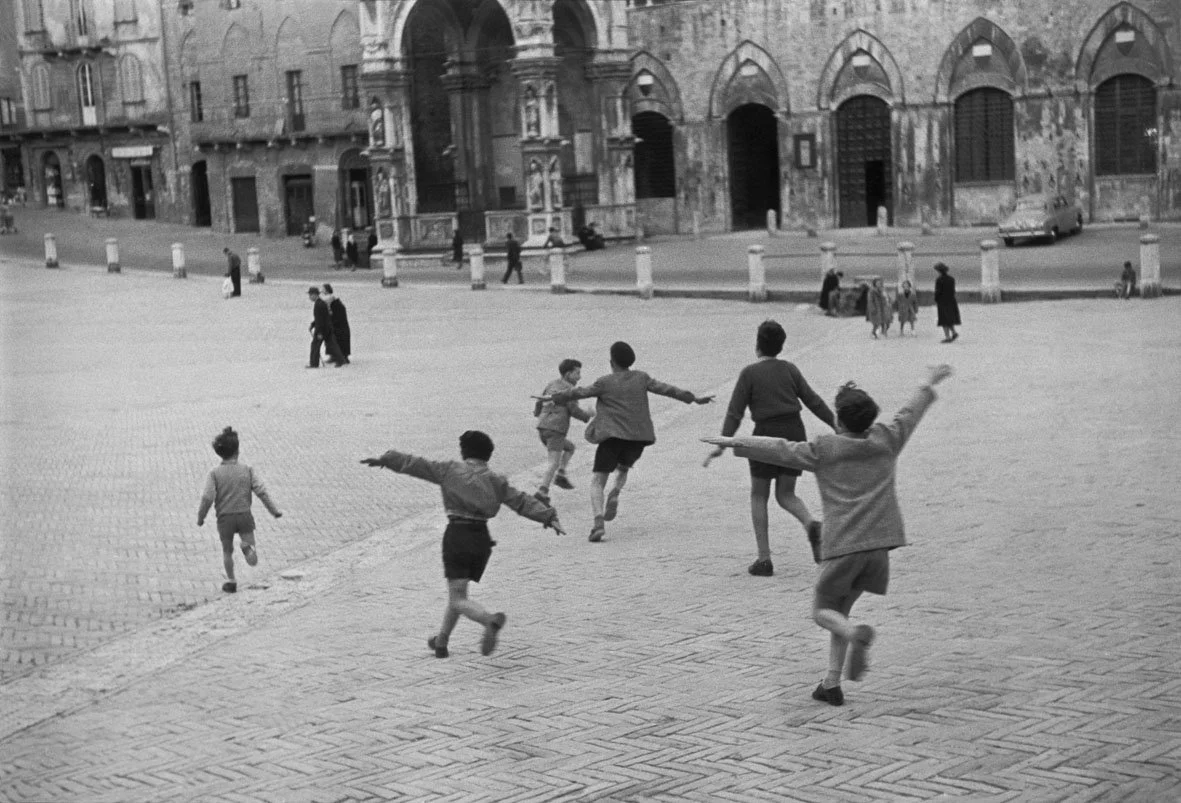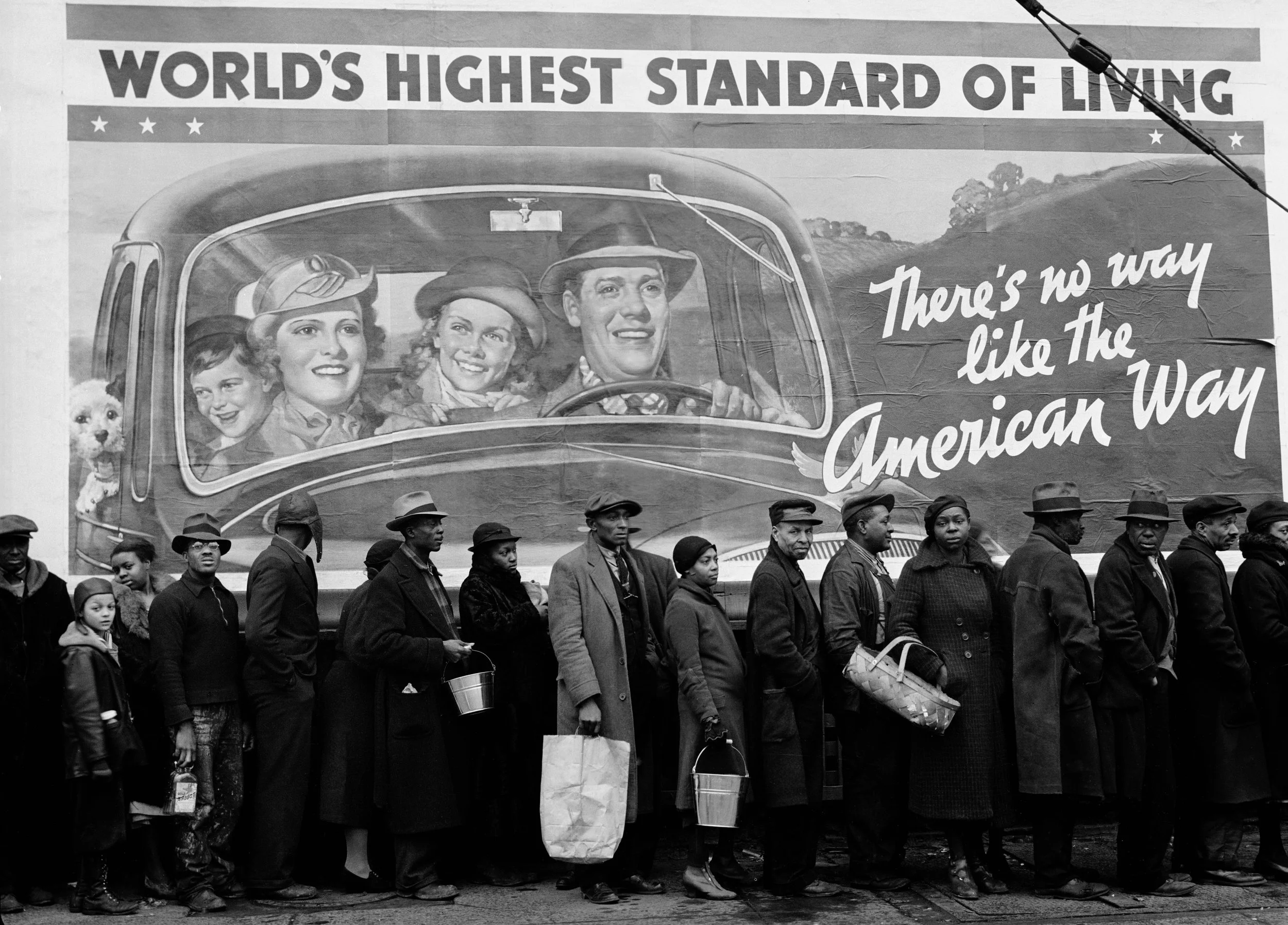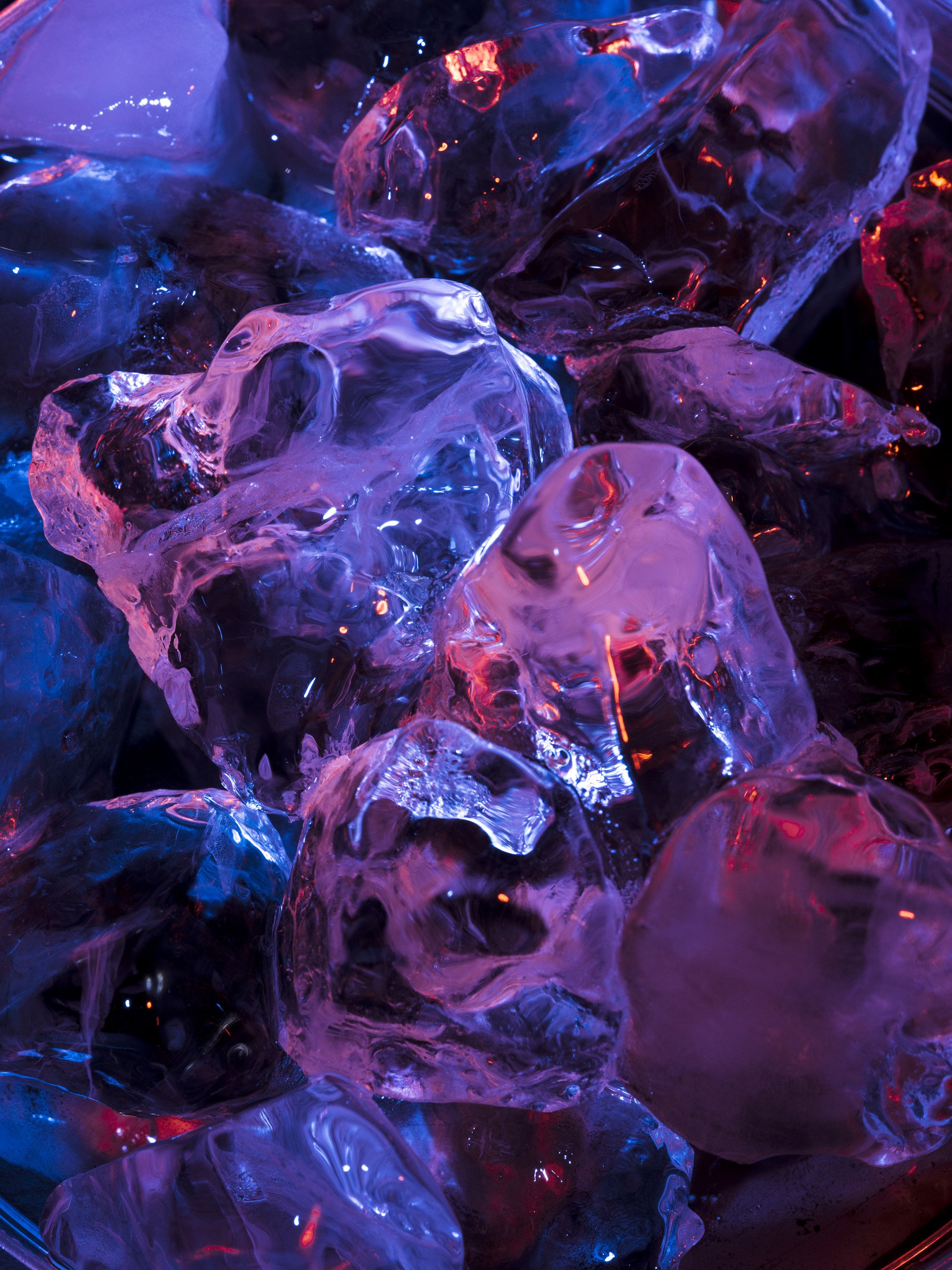
WOMEN POWER | Museo Villa Bassi Rathgeb | Abano Terme
Museo Villa Bassi Rathgeb | Abano Terme
22. März – 21. September 2025
WOMEN POWER - L'universo femminile nelle fotografie dell’agenzia MAGNUM dal dopoguerra a oggi
Marilyn Monroe during the filming of The Misfits, Nevada, USA, 1960.
© Inge Morath/Magnum Photos
Das Museum Villa Bassi Rathgeb in Abano Terme präsentiert WOMEN POWER. Das weibliche Universum in den Fotografien der Agentur Magnum von der Nachkriegszeit bis heute, eine außergewöhnliche Fotoausstellung kuratiert von Walter Guadagnini und Monica Poggi, die anhand ikonischer Bilder der Agentur MAGNUM Photos die Rolle der Frau von der Nachkriegszeit bis heute und beleuchtet die Stärke und Komplexität des Weges der Frau zur Emanzipation und die sozialen Veränderungen, die die Situation der Frauen in den letzten siebzig Jahren geprägt haben.
Nach DONNA MUSA ARTISTA – der Ausstellung, die anhand von Porträts von Cesare Tallone die Rolle der Frauen in der italienischen Gesellschaft zwischen dem 19. und 20. Jahrhundert untersuchte – bietet WOMEN POWER einen zeitgenössischeren und internationaleren Blick auf das Thema und setzt aus fotografischer Sicht die vom Museum begonnene Reflexion über die sozialen und kulturellen Veränderungen der Welt der Frauen fort.
Die von CAMERA Centro Italiano per la Fotografia in Zusammenarbeit mit Magnum Photos produzierte und von der Gemeinde Abano Terme – Museo Villa Bassi Rathgeb in Zusammenarbeit mit CoopCulture geförderte Ausstellung WOMEN POWER konzentriert sich auf zwei komplementäre Aspekte: Fotografinnen, die die Realität mit einer einzigartigen Vision erzählen, und porträtierte Frauen, die durch die Linse von Magnum als Subjekte von großem Wert hervortreten, als Zeuginnen von Herausforderungen, Errungenschaften und Rollen in privaten und öffentlichen Kontexten.
Die Ausstellung gliedert sich in sechs thematische Bereiche, die den familiären Kontext, das Erwachsenwerden, die Identität, die Mythen von Schönheit und Ruhm, politische Kämpfe und den Krieg untersuchen. Jedes dieser Themen wird durch Werke einiger der bedeutendsten Magnum-Fotografinnen dargestellt, darunter Inge Morath, Eve Arnold, Olivia Arthur, Myriam Boulos, Bieke Depoorter, Nanna Heitmann, Susan Meiselas, Lúa Ribeira, Alessandra Sanguinetti, Marilyn Silverstone und Newsha Tavakolian. International renommierte Autorinnen neben jungen zeitgenössischen Fotografinnen, mit Reportagen, die aus historischer und geografischer Sicht in sehr unterschiedlichen Kontexten entstanden sind und von Porträts von Marilyn Monroe bis hin zu denen der FARC-Kämpferinnen in Kolumbien reichen.
Die Ausstellung zeigt einen Vergleich zwischen Stilen, Sprachen und Generationen, die einen beispiellosen Dialog von Stimmen und Blicken entstehen lassen, die nie konventionell sind. Die Fotografien, obwohl sehr unterschiedlich, sind durch Kämpfe, Emotionen und Erfahrungen verbunden, die durch ihre Präsenz und Haltungen zu Symbolen eines Emanzipationsweges werden, sowohl als Individuen als auch als Kollektiv.
Die Ausstellung WOMEN POWER feiert den Beitrag von Frauen zur Fotografie, zeigt aber auch Aufnahmen berühmter Fotografen wie Robert Capa, Bruce Davidson, Elliott Erwitt, Rafal Milach, Paolo Pellegrin und Ferdinando Scianna, die die Situation der Frauen und die Herausforderungen im Zusammenhang mit den Frauenrechten dokumentiert haben.
Die Ausstellung bietet auch Denkanstöße zur Beziehung zwischen dem weiblichen Körper und seiner Darstellung. Die Fotografien verewigen Frauen in Momenten der Intimität, aber auch in vollem öffentlichen Engagement, wo ihre Präsenz und ihre Körperhaltungen zu Symbolen eines Kampfes für die Emanzipation werden, nicht nur als Individuen, sondern als Kollektiv.
Der von Dario Cimorelli Editore herausgegebene Ausstellungskatalog begleitet den Besucher durch eine kritische Auseinandersetzung mit den ausgestellten Bildern, die von Walter Guadagnini und Monica Poggi verfasst wurden.
Gefördert von der Gemeinde Abano Terme – Museo Villa Bassi Rathgeb in Zusammenarbeit mit CoopCulture
Produziert von CAMERA - Centro Italiano per la Fotografia in Zusammenarbeit mit Magnum Photos
Heidi, 21, joined FARC 5 years ago: "When I start my new life, I will have to start from scratch. Now I want to change the color of my hair and my nails everyday, because when you are a woman fighter and living in the jungle you don't have time for these kinds of things, but we were washing ourselves everyday to make sure we were clean. When you are a woman with a gun, nothing inside you changes as a woman, you still wanna look good. But sometimes the situation does not allow you to do it. I have fear for my future because there are so many things are uncertain for me.” Colombia, 2017.
© Newsha Tavakolian/Magnum Photos
Le musée Villa Bassi Rathgeb d'Abano Terme présente WOMEN POWER. L'univers féminin dans les photographies de l'agence Magnum de l'après-guerre à nos jours, une extraordinaire exposition photographique organisée par Walter Guadagnini et Monica Poggi, qui explore, à travers des images iconiques de l'agence MAGNUM Photos, le rôle de la femme de l'après-guerre à nos jours, en mettant en lumière la force et la complexité du cheminement des femmes vers l'émancipation et les transformations sociales qui ont marqué la condition des femmes au cours des soixante-dix dernières années.
Après DONNA MUSA ARTISTA, l'exposition qui, à travers les portraits de Cesare Tallone, explorait le rôle des femmes dans la société italienne entre le XIXe et le XXe siècle, WOMEN POWER offre un regard plus contemporain et international sur le sujet, poursuivant, du point de vue de la photographie, la réflexion entamée par le musée sur les changements sociaux et culturels du monde féminin.
Produite par CAMERA Centro Italiano per la Fotografia en collaboration avec Magnum Photos et promue par la municipalité d'Abano Terme - Museo Villa Bassi Rathgeb en collaboration avec CoopCulture, WOMEN POWER se concentre sur deux aspects complémentaires : les femmes photographes qui racontent la réalité avec une vision unique, et les femmes représentées qui émergent comme des sujets de grande valeur à travers l'objectif de Magnum, témoins de défis, conquêtes et rôles dans des contextes intimes et publics.
Le parcours de l'exposition s'articule autour de six thèmes principaux qui explorent le contexte familial, la croissance, l'identité, les mythes de la beauté et de la célébrité, les batailles politiques et la guerre. Chacun de ces thèmes est représenté par des œuvres réalisées par certaines des plus importantes auteures de Magnum Photos, dont Inge Morath, Eve Arnold, Olivia Arthur, Myriam Boulos, Bieke Depoorter, Nanna Heitmann, Susan Meiselas, Lúa Ribeira, Alessandra Sanguinetti, Marilyn Silverstone et Newsha Tavakolian. Des auteures de renommée internationale côtoient de jeunes photographes contemporaines, avec des reportages réalisés dans des contextes très différents d'un point de vue historique et géographique, allant des portraits de Marilyn Monroe à ceux des combattantes des FARC en Colombie.
L'exposition met en évidence une comparaison entre les styles, les langages et les générations, qui donnent vie à un dialogue inédit de voix et de regards jamais conventionnels. Les photographies, bien que très différentes les unes des autres, sont liées par des luttes, des émotions et des expériences qui, par leur présence et leurs postures, deviennent les symboles d'un chemin d'émancipation, tant en tant qu'individus qu'en tant que collectivité.
Tout en célébrant la contribution des femmes à la photographie, WOMEN POWER comprend également des clichés de photographes célèbres tels que Robert Capa, Bruce Davidson, Elliott Erwitt, Rafal Milach, Paolo Pellegrin et Ferdinando Scianna, qui ont su raconter la condition féminine en témoignant des défis liés aux droits des femmes.
L'exposition offre également une réflexion sur la relation entre le corps féminin et sa représentation. Les photographies immortalisent des femmes dans des moments d'intimité, mais aussi dans des engagements publics, où leur présence et leurs postures deviennent des symboles d'un combat pour l'émancipation, non seulement en tant qu'individus, mais aussi en tant que collectivité.
Le catalogue de l'exposition, publié par Dario Cimorelli Editore, accompagne le visiteur dans une analyse critique des images exposées, à travers des textes rédigés par Walter Guadagnini et Monica Poggi.
Promu par la municipalité d'Abano Terme - Musée Villa Bassi Rathgeb en collaboration avec CoopCulture
Produit par CAMERA - Centre italien pour la photographie en collaboration avec Magnum Photos
Nadia Murad, Paris, France, 2018.
© Cristina de Middel/Magnum Photos
Il Museo Villa Bassi Rathgeb di Abano Terme presenta WOMEN POWER. L'universo femminile nelle fotografie dell'Agenzia Magnum dal dopoguerra a oggi, una straordinaria mostra fotografica a cura di Walter Guadagnini e Monica Poggi, che esplora, attraverso immagini iconiche dell’agenzia MAGNUM Photos, il ruolo della donna dal secondo dopoguerra a oggi, mettendo in luce la forza e la complessità del cammino femminile verso l’emancipazione e le trasformazioni sociali che hanno segnato la condizione delle donne negli ultimi settant’anni.
Dopo DONNA MUSA ARTISTA – la mostra che attraverso i ritratti di Cesare Tallone indagava il ruolo delle donne nella società italiana tra Ottocento e Novecento – WOMEN POWER offre uno sguardo più contemporaneo e internazionale sul tema, proseguendo, dal punto di vista della fotografia, la riflessione avviata dal Museo sui cambiamenti sociali e culturali del mondo femminile.
Prodotta da CAMERA Centro Italiano per la Fotografia in collaborazione con Magnum Photos e promossa da Comune di Abano Terme – Museo Villa Bassi Rathgeb in collaborazione con CoopCulture, WOMEN POWER si concentra su due aspetti complementari, le donne fotografe che raccontano la realtà con una visione unica, e le donne ritratte che emergono come soggetti di grande valore dalle lenti di Magnum, testimoni di sfide, conquiste e ruoli in contesti intimi e pubblici.
Il percorso della mostra si articola in sei nuclei tematici che esplorano il contesto familiare, la crescita, l’identità, i miti della bellezza e della fama, le battaglie politiche e la guerra. Ognuno di questi temi è rappresentato da lavori realizzati da alcune delle più importanti autrici di Magnum Photos, tra cui Inge Morath, Eve Arnold, Olivia Arthur, Myriam Boulos, Bieke Depoorter, Nanna Heitmann, Susan Meiselas, Lúa Ribeira, Alessandra Sanguinetti, Marilyn Silverstone e Newsha Tavakolian. Autrici di fama internazionale accanto a giovani fotografe contemporanee, con reportage realizzati in contesti molto diversi da un punto di vista storico e geografico, che spaziano dai ritratti di Marilyn Monroe a quelli delle combattenti delle FARC in Colombia.
La mostra fa emergere un confronto fra stili, linguaggi e generazioni, che danno vita a un inedito dialogo di voci e sguardi mai convenzionali. Le fotografie, pur diversissime tra loro, sono legate da lotte, emozioni ed esperienze che, attraverso la loro presenza e le posture, diventano simboli di un cammino di emancipazione, sia come individui che come collettività.
Pur celebrando il contributo femminile alla fotografia, WOMEN POWER include anche scatti di celebri fotografi come Robert Capa, Bruce Davidson, Elliott Erwitt, Rafal Milach, Paolo Pellegrin e Ferdinando Scianna, che hanno saputo raccontare la condizione femminile testimoniando le sfide legate ai diritti delle donne.
La mostra offre anche uno spunto di riflessione sul rapporto tra il corpo femminile e la sua rappresentazione. Le fotografie immortalano donne in momenti di intimità, ma anche nel pieno impegno pubblico, dove la loro presenza e le posture diventano simboli di una lotta verso l’emancipazione, non solo come individui, ma come collettività.
Il catalogo della mostra, edito da Dario Cimorelli Editore, accompagna il visitatore in un approfondimento critico sulle immagini esposte, attraverso testi curati da Walter Guadagnini e Monica Poggi.
Promossa da Comune di Abano Terme – Museo Villa Bassi Rathgeb in collaborazione con CoopCulture
Prodotta da CAMERA - Centro Italiano per la Fotografia in collaborazione con Magnum Photos
Artist Vladimir Ovchinnikov paints a dove of peace on one of his paintings that were painted over by the authorities before, Borovsk, Russia, 04 December 2022.
© Nanna Heitmann/Magnum Photos
The Villa Bassi Rathgeb Museum in Abano Terme presents WOMEN POWER. The female universe in the photographs of the Magnum Agency from the post-war period to today, an extraordinary photographic exhibition curated by Walter Guadagnini and Monica Poggi, which explores, through iconic images from the MAGNUM Photos agency, the role of women from the second post-war period to today, highlighting the strength and complexity of the female journey towards emancipation and the social transformations that have marked the condition of women over the last seventy years.
After DONNA MUSA ARTISTA – the exhibition that used portraits by Cesare Tallone to investigate the role of women in Italian society between the 19th and 20th centuries – WOMEN POWER offers a more contemporary and international perspective on the subject, continuing, from the point of view of photography, the reflection started by the Museum on the social and cultural changes of the female world.
Produced by CAMERA, the Italian Centre for Photography, in collaboration with Magnum Photos and promoted by the Municipality of Abano Terme – Villa Bassi Rathgeb Museum in collaboration with CoopCulture, WOMEN POWER focuses on two complementary aspects: women photographers who depict reality through a unique vision, and the women portrayed who emerge as subjects of great value through the lenses of Magnum, witnesses of challenges, achievements and roles in both private and public contexts.
The exhibition is divided into six thematic sections that explore the family context, growth, identity, the myths of beauty and fame, political battles and war. Each of these themes is represented by works created by some of the most important Magnum Photos photographers, including Inge Morath, Eve Arnold, Olivia Arthur, Myriam Boulos, Bieke Depoorter, Nanna Heitmann, Susan Meiselas, Lúa Ribeira, Alessandra Sanguinetti, Marilyn Silverstone and Newsha Tavakolian. Internationally renowned authors alongside young contemporary photographers, with reportages created in quite different contexts from a historical and geographical point of view, ranging from portraits of Marilyn Monroe to those of FARC fighters in Colombia.
The exhibition highlights a comparison between styles, languages and generations, giving life to an unprecedented dialogue of unconventional voices and perspectives. Although quite different from each other, the photographs are linked by struggles, emotions and experiences that, through their presence and postures, become symbols of a journey of emancipation, both as individuals and as a collective.
While celebrating the contribution of women to photography, WOMEN POWER also includes shots by famous photographers such as Robert Capa, Bruce Davidson, Elliott Erwitt, Rafal Milach, Paolo Pellegrin and Ferdinando Scianna, who have been able to depict the female condition, bearing witness to the challenges related to women's rights.
The exhibition also offers food for thought on the relationship between the female body and its representation. The photographs immortalise women in moments of intimacy, but also in full public engagement, where their presence and postures become symbols of a struggle towards emancipation, not only as individuals, but as a collective.
The exhibition catalogue, published by Dario Cimorelli Editore, accompanies the visitor in a critical analysis of the images on display, through texts edited by Walter Guadagnini and Monica Poggi.
Promoted by the Municipality of Abano Terme - Villa Bassi Rathgeb Museum in collaboration with CoopCulture.
Produced by CAMERA - Italian Centre for Photography in collaboration with Magnum Photos
(Text: Museo Villa Bassi Rathgeb, Abano Terme)




































































